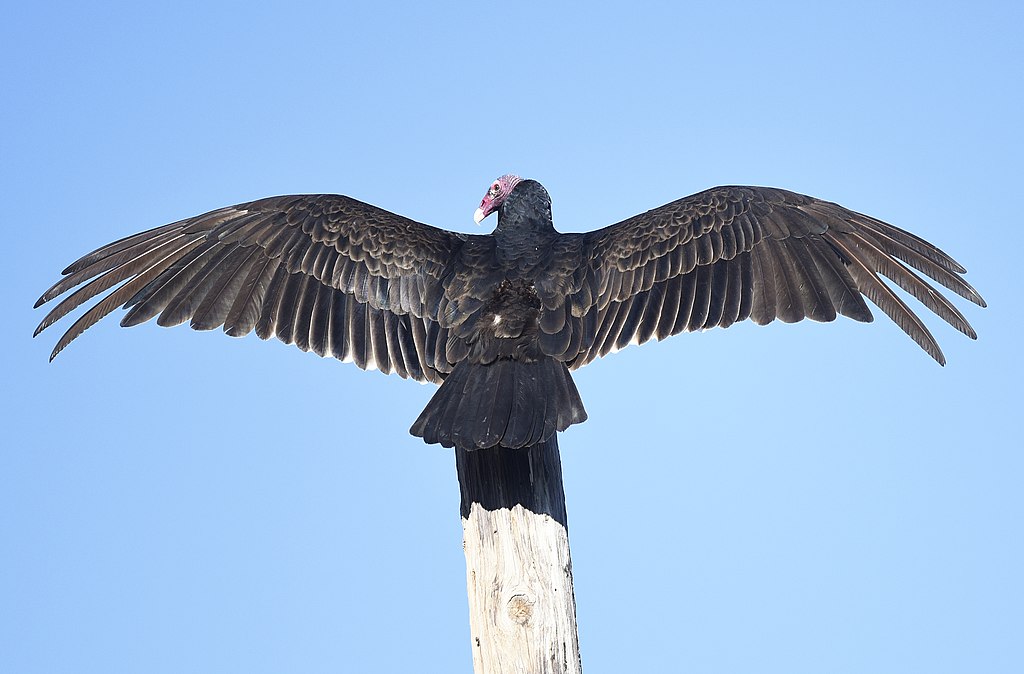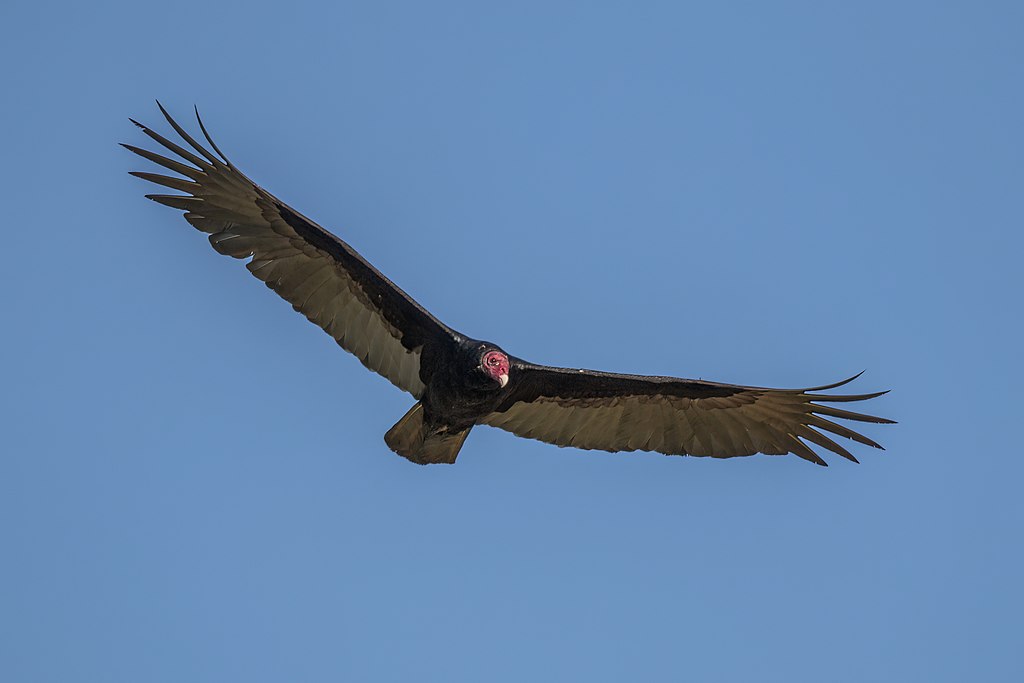Turkey vultures often have a bad reputation, but they are an important part of a healthy ecosystem. They are nature’s clean-up crew! Turkey vultures feed on dead and decaying animal carcasses, called carrion. They have an incredible sense of smell to help them find a meal. Their stomach acid is 100 times stronger than humans, allowing them to eat carcasses that have anthrax, botulism, tuberculosis, rabies, and other diseases without getting sick. If turkey vultures weren’t around, these diseases would continue spreading throughout the ecosystem.
Turkey Vultures are a common sight across Maine during the spring, summer, and fall. They are easily identified while soaring in the air by their dark body feathers, light gray wing feathers, wings raised in a V-shape, and a slight wobble as they ride columns of hot air called thermals.


When they’re not soaring in low circles searching for food, turkey vultures can be seen perching in trees. On sunny days, they will extend their wings to their approximately 6-foot wingspan and soak in the sun while they perch. This pose, called the horaltic pose, is a way for birds to warm up their body temperature, dry off their feathers if they are wet, kill any parasites that may be living on their feathers, and absorb vitamin D to keep their feathers healthy.
Turkey vultures are one of 23 different vulture species worldwide and three vulture species in North America. They are of low conservation concern, however another North American species of vulture, the California condor, is currently critically endangered. The first Saturday of each September is International Vulture Awareness Day and promotes awareness and appreciation of vultures worldwide and the current conservation efforts to protect them and their habitat.
Check out https://www.vultureday.org/ for more information and vulture-themed activities!
